Introduction to Portion Cups
Portion cups are essential tools in both professional kitchens and home cooking environments. Designed to provide accurate measurements, these small containers are ideal for serving sauces, toppings, condiments, and even desserts. By utilizing portion cups, chefs can streamline their cooking processes while ensuring consistency and portion control in their dishes. Whether for meal prep, serving, or storage, portion cups offer a versatile solution for culinary needs.
Types of Portion Cups
When it comes to portion cups, there are various types available to suit different culinary requirements:
- Plastic Portion Cups: Lightweight and disposable, these cups are commonly used in catering and food service settings for easy cleanup.
- Glass Portion Cups: Reusable and elegant, glass cups are perfect for upscale dining, adding a touch of sophistication to your presentations.
- Metal Portion Cups: Durable and long-lasting, metal cups withstand high temperatures and are ideal for baking or hot toppings.
- Measuring Portion Cups: Designed with measurement markings, these cups assist in precise ingredient measurement during cooking and baking.
Applications of Portion Cups
Portion cups find their applications in various settings:
- Food Service: Used in restaurants and cafeterias to serve a consistent amount of sauce or side dishes.
- Meal Prep: Perfect for organizing individual servings of food, helping home cooks manage their nutrition and calorie intake.
- Baking: Essential for measuring ingredients accurately, ensuring successful recipes and desserts.
- Home Use: Ideal for mixing and serving dips, dressings, or snacks in a controlled manner.
Advantages of Using Portion Cups
Incorporating portion cups into your kitchen adds numerous advantages:
- Consistency: Maintain uniform serving sizes, ensuring customer satisfaction in food service or meal prep.
- Convenience: Easy to stack, store, and transport, portion cups simplify serving and cleanup processes.
- Versatility: Suitable for a wide range of liquids and solids, making them valuable across various cooking tasks.
- Cost-Effectiveness: Reduce food waste by promoting controlled serving sizes, helping both restaurants and home cooks save on ingredients.





















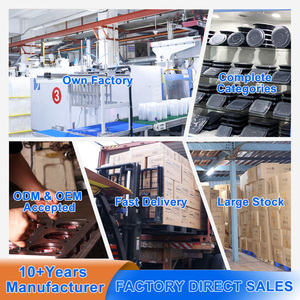











































































































































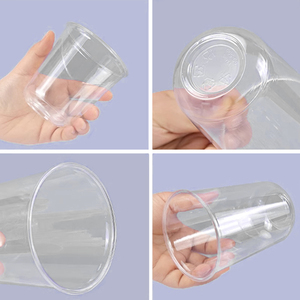




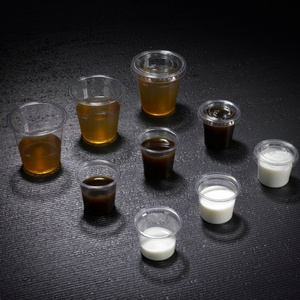









































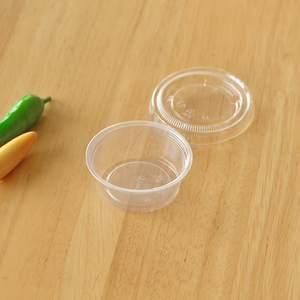















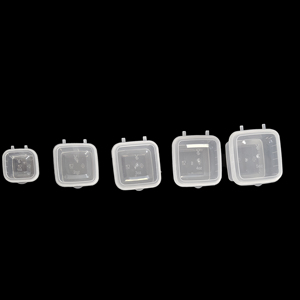






































 浙公网安备 33010002000092号
浙公网安备 33010002000092号 浙B2-20120091-4
浙B2-20120091-4